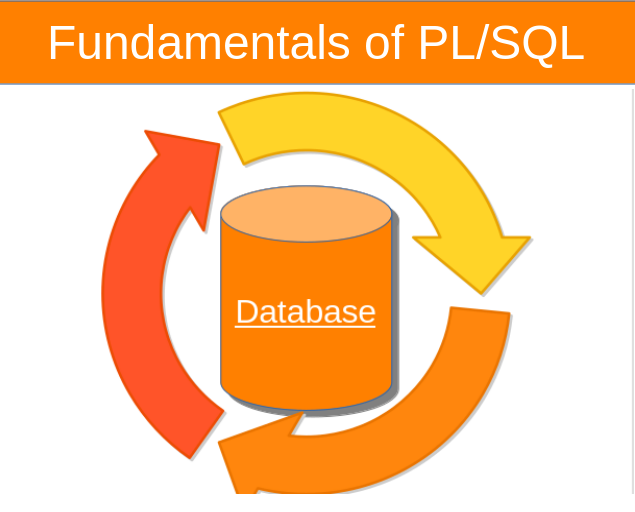Understanding Database Terminology
- compnomics
- Aug 26, 2024
- 2 min read
When diving into the world of databases, it's essential to grasp the fundamental terminology. Here's a breakdown of some key concepts:
Tuple, Degree, and Attributes
Tuple: A tuple, also known as a record, is a row in a database table. It represents a single instance of data. For example, a row in a customer table containing information about a specific customer would be a tuple.
Degree: The degree of a relation (or table) is the number of attributes (columns) it contains.
Attributes: Attributes are the columns in a table. They represent the characteristics or properties of the data stored in the table. For instance, a customer table might have attributes like customer ID, name, address, and contact number.
Domain, Primary Key, Foreign Key, and Candidate Key
Domain: A domain defines the set of possible values that an attribute can take. For example, the domain of an "age" attribute might be integers between 0 and 120.
Primary Key: A primary key is a unique identifier for each tuple in a table. It ensures that every row is distinct. A primary key is typically a combination of attributes.
Foreign Key: A foreign key is a column in one table that references the primary key of another table. It establishes a relationship between the two tables. For example, an "order" table might have a foreign key referencing the "customer" table to indicate which customer placed the order.
Candidate Key: A candidate key is a set of attributes that uniquely identifies each tuple in a table. A table can have multiple candidate keys, but one of them is chosen as the primary key.
Example
Consider a simple customer table:
Customer ID | Name | Address | City |
1 | John Doe | 123 Main St | New York |
2 | Jane Smith | 456 Oak Ave | Los Angeles |
Tuple: Each row in the table (e.g., the row with Customer ID 1) is a tuple.
Degree: The degree of the table is 4, as it has four columns (attributes).
Attributes: The attributes are Customer ID, Name, Address, and City.
Domain: The domain of the "Customer ID" attribute might be integers.
Primary Key: The "Customer ID" column is likely the primary key, as it uniquely identifies each customer.
Foreign Key: If there were an "order" table, it might have a foreign key referencing the "Customer ID" column in the customer table to associate orders with customers.





Comments